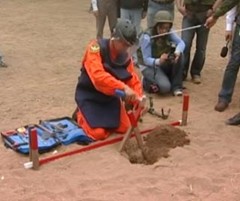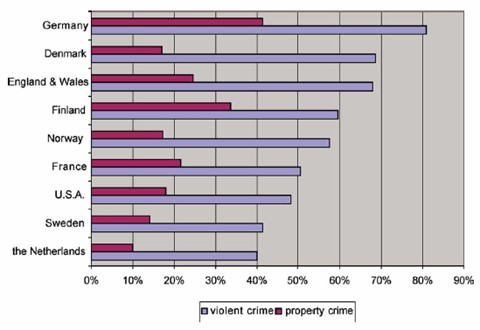We’ve been so wrapped up with parenting and screenplaying these last two weeks, we’ve had scant time to ponder the tragic demise of former South Korean President Roh Moo-hyun. As longtime Microkhan readers know, suicide is one of our great topics of interest. And so we were struck by the means with which Roh chose to take his own life—by leaping from a cliff near his ancestral village. This is an extremely rare method of suicide, most likely due to the natural human fear of heights. It is also one that leaves the jumper with a few terrifying seconds to contemplate the wisdom of their decision. And for whatever reason, people who survive such suicide attempts tend to report that they changed their minds in midair. A classic 2003 New Yorker piece, about the suicide problem on the Golden Gate Bridge, contains the most haunting passages on the subject we’ve ever read:
Ken Baldwin was twenty-eight and severely depressed on the August day in 1985 when he told his wife not to expect him home till late. “I wanted to disappear,” he said. “So the Golden Gate was the spot. I’d heard that the water just sweeps you under.” On the bridge, Baldwin counted to ten and stayed frozen. He counted to ten again, then vaulted over. “I still see my hands coming off the railing,” he said. As he crossed the chord in flight, Baldwin recalls, “I instantly realized that everything in my life that I’d thought was unfixable was totally fixable—except for having just jumped.”
We’re curious about this reaction’s relationship to the same neurochemical process that causes near-death experiences. The midair change-of-heart strikes us as a way for the body to keep struggling for life, unaware that virtually nothing can be done once the leap has been taken. Along those same lines, we suspect that NDEs help calm a victim of severe trauma, and thus increase their odds of surviving the awful experience. (For the record, the main character in Now the Hell Will Start experienced an NDE after being shot in the chest at point-blank range.)
All of which leads to a sci-fi question: Might we someday be able to stimulate Baldwin’s life-altering sensation in a safe (possibly pharmaceutical) manner? If so, that could be a mighty effective treatment for the gravest forms of depression.


 One of Microkhan’s most faithful correspondents wrote in yesterday regarding our recent
One of Microkhan’s most faithful correspondents wrote in yesterday regarding our recent 














